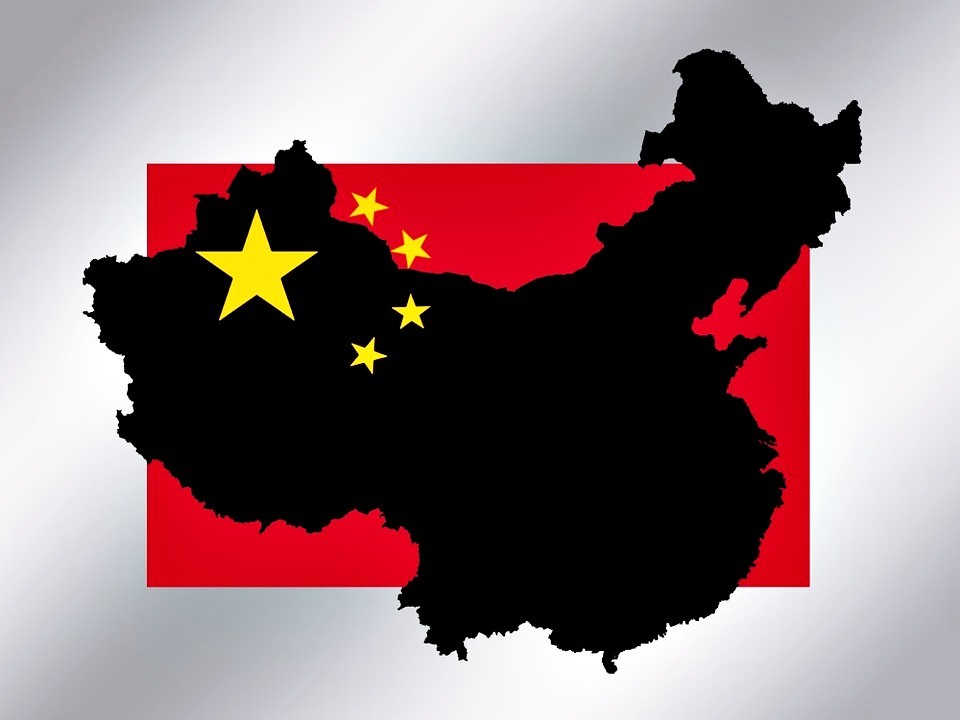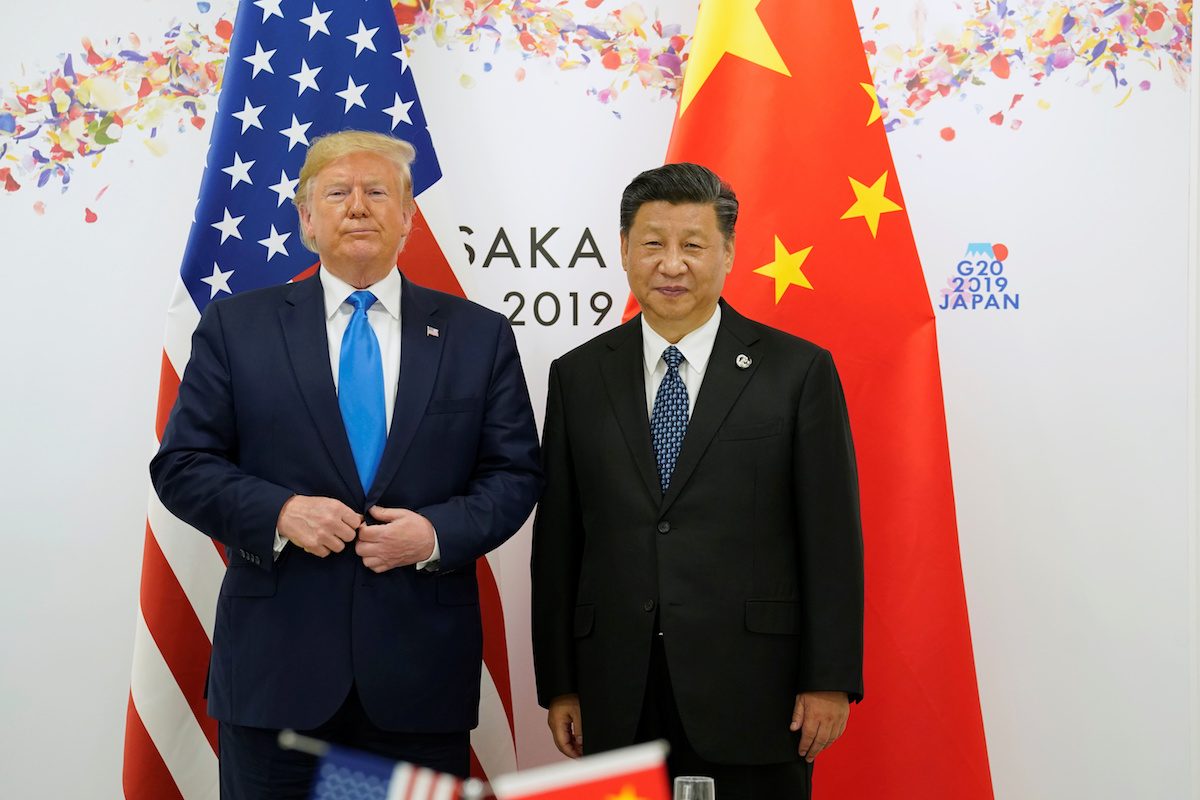Banking
Is a Chinese sovereign debt default likely?
So far China has not experienced a major financial crisis, despite the many risks and inefficiencies in its financial markets.

Moody’s recent downgrading of China’s sovereign debt rating triggered waves of reaction in both financial markets and policy circles.
But like many other rating adjustments it looks more like a lagging, rather than a leading, indicator of an existing risk factor.
China does have a major debt problem. But given its recent policy action, China’s sovereign debt risks will in fact likely fall going forward, although debt risks in other areas might rise.
One widely cited indicator China’s debt problem is the ratio of broad money supply (M2, or cash plus bank deposits) to GDP, which was running at 208 per cent at the end of 2016 — among the highest in the world.
By international standards, the Chinese M2/GDP ratio should be 140 per cent but it’s 60 to 70 percentage points above that.
Comparing borrowing across sectors, the leverage ratios of both the government and households are not particularly high. But borrowing by non-financial corporations has reached 170 per cent of GDP, which is also among the world’s highest.
China’s high overall leverage ratio is affected by three factors.
First, China’s bank-dominated financial system implies that almost all financial transactions take place in the form of bank deposits and lending.
This is clearly why the M2 to GDP ratio is only around 80 per cent in the United States, which has a financial market-dominated financial system, but is around 240 per cent in Japan, which has a bank-dominated financial system.
Second, China’s savings ratio has been unusually high, often above 50 per cent of GDP, over the past decades. Much of these savings are held as bank deposits.
And third, there is an inherent acceleration mechanism in China’s monetary policy. The money supply expands in good times in order to facilitate an increase in economic activity, but it also expands in bad times to stabilise the economy and the market.
So far China has not experienced a major financial crisis, despite the many risks and inefficiencies in its financial markets.
This is for two key reasons — undisrupted rapid economic growth and the presence of a government guarantee for banks and state-owned enterprises.
During the Asian financial crisis, for example, when the average non-performing loan ratio actually reached between 30 and 40 per cent, the implicit blanket guarantee for bank deposits meant that there was no bank run.
That approach cannot, of course, continue forever. GDP growth has slowed by nearly 4 percentage points between 2010 and 2016. This has caused serious problems for corporate cash flows and balance sheets and already led to an increasing number of zombie firms.
And the Chinese economy has fallen into what the Bank for International Settlements calls the ‘risky trinity’ — rising leverage ratios, declining productivity and narrowing policy flexibility. All this suggests that, as financial risks grow, the government’s ability to guarantee against these problems will decline.
In past years there has been clear evidence that financial risks constantly rotated to different areas, from the equity markets to shadow banking, from the debt markets to real estate and from digital finance to the foreign exchange market. This results from too much investable liquidity and too few investment opportunities.
Although the M2 to GDP ratio has been high for a long time, Chinese depositors were previously happy to keep all of their savings in banks. But about two years ago the growth of the narrow money supply (M1, or cash in circulation and saving deposits) suddenly surpassed that of M2 and the gap between the two has continued to widen.
This suggests that depositors are no longer satisfied with low interest payments on their term deposits and want to invest their savings elsewhere. Unfortunately, because investment channels are pretty limited, wherever the new money goes it creates a bubble, followed by uncomfortable consolidation.
In late 2016 Chinese policymakers started to warn against systemic financial risk and devised a policy package to deal with it.
The main problem to address is the government’s blanket guarantee. The default of financial products and bankruptcy of zombie firms, both of which have started to occur in recent years, are necessary to maintain overall financial stability.
The Ministry of Finance recently set up clear rules for local government borrowing. It also introduced a program to swap local government short-term bank loans for long-term government bonds, in order to reduce maturity mismatch problem on their balance sheets.
In early 2015 the central bank set up a deposit insurance system for commercial banks. In 2016 the government focused on deleveraging in the corporate sector by…
Author: Yiping Huang, Peking University
Source link
Banking
HSBC to Scale Back China Credit Card Operations Amid Expansion Challenges – Reuters

HSBC is withdrawing from its China credit card business due to difficulties in expanding, marking a strategic retreat in a challenging market environment.
HSBC’s Strategy Shift in China
HSBC is scaling back its credit card operations in China, highlighting challenges the bank has faced in expanding its customer base. The competitive landscape, combined with changing consumer preferences, has made it increasingly difficult for the bank to maintain its position in this lucrative market.
Market Challenges Ahead
Recent reports indicate that HSBC is reassessing its strategy, focusing resources on other areas where it sees stronger growth potential. The decision to pull back reflects the broader difficulties foreign banks encounter when trying to penetrate China’s financial services sector.
Future Focus
As HSBC pivots away from its credit card business in China, it aims to concentrate on digital banking and wealth management services. This strategic shift underscores the bank’s commitment to adapting to the evolving landscape of financial services while ensuring long-term sustainability in the region.
Source : Exclusive: HSBC pulling back from China credit card business after struggling to expand – Reuters
Banking
Bow to Beijing a low move by HSBC
HSBC has put money before morality to back China’s new security law: one that’s an assault on the freedoms of Hong Kong’s people.

Luckily for HSBC, it’s headquartered in Britain: a country where you can say what you like about Boris Johnson and his shambolic handling of the pandemic.
(more…)Banking
How China’s role in global finance has changed radically
Within the space of just 15 years, China has gone from being the largest net lender to the world to now being a net borrower. The implications for the global economy, and China’s role within that economy, could be significant.

‘If you owe the bank $1 million, you have a problem. But if you owe the bank $1 trillion, then the bank has a problem’. It’s an old gag, but it underscores an important point: the size of your borrowing or lending can have profound implications for your role in the world.
(more…)






